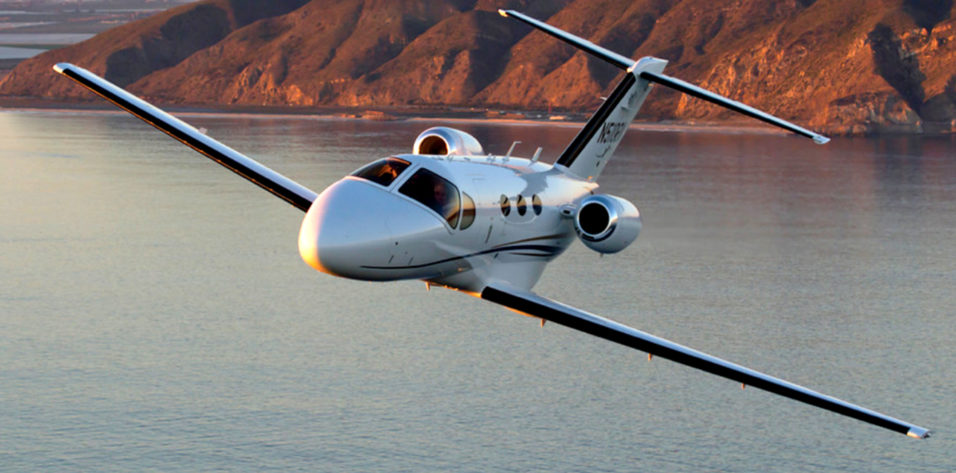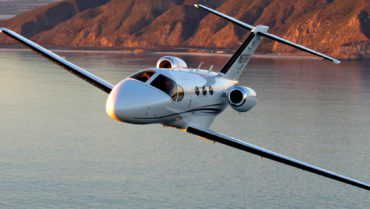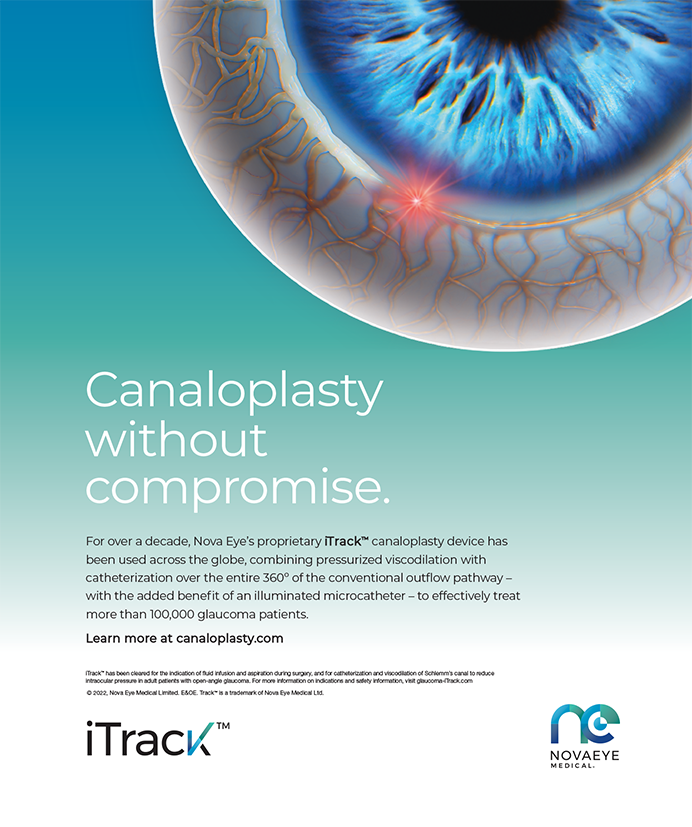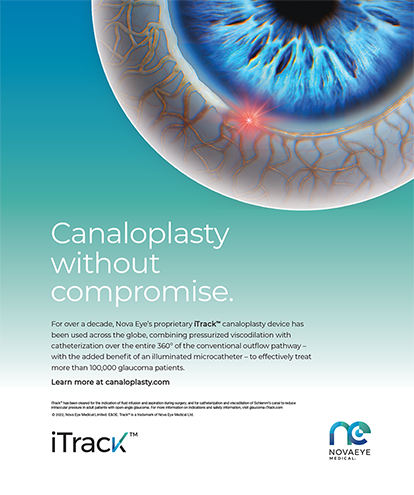How did you get started in aviation?
I saw the movie Top Gun in 1986 and thought it was amazing. I was 17 years old and already knew that I was too nearsighted for military service; it was the same high myopia that sparked my interest in ophthalmology. Given our family’s humble financial status, I really did not think I would ever learn to fly, but I did manage to get a pair of Ray Ban Aviator sunglasses. One day, my father saw me strutting around in my Aviators and asked if I would like to learn how to fly. My first flying lesson was the next day.
What are your fondest memories in aviation?
My late father and I were very close, and we trained for our private pilot certificates together. We would rent a plane in New Orleans, fly to Destin, Florida, and have lunch on the beach. We would trade legs so that we both could log pilot-in-command time. We went to airshows and aviation museums together. Aviation was something that we both loved, and it was a great way for us to spend time together. My favorite memory is when Dad and I flew World War II-era P-51 Mustangs together. It was an amazing day: acrobatics and formation flying in planes that all pilots dream of operating. I think about my father every time I fly.
What does aviation mean to you now?
While I can no longer fly with my dad, I can fly with my wife, son, and daughter. I fly often, and whenever I am not studying ophthalmology, I am reading and studying aviation. It is a passion that allows for unlimited learning, carries huge responsibilities, and is a perishable skill—similar to a surgical practice. Aviation can be very physically and mentally challenging.
One of the most difficult experiences of my life was getting my first jet-type rating, a process that involved 2 weeks of intensive training, written exams, oral exams, and stressful check rides. Flying is consuming, and it has the ability to take my mind off of everything else, to “slip the surly bonds of Earth,” as John Gillespie Magee Jr said.




